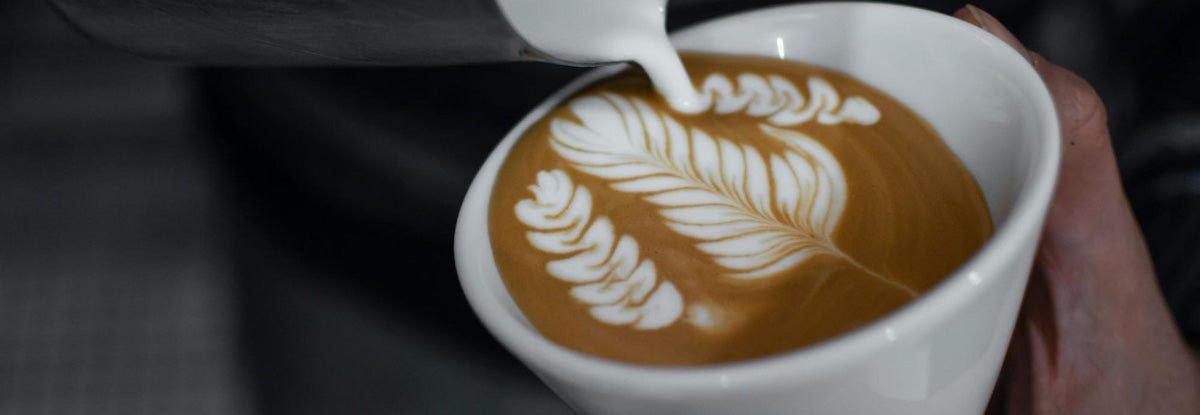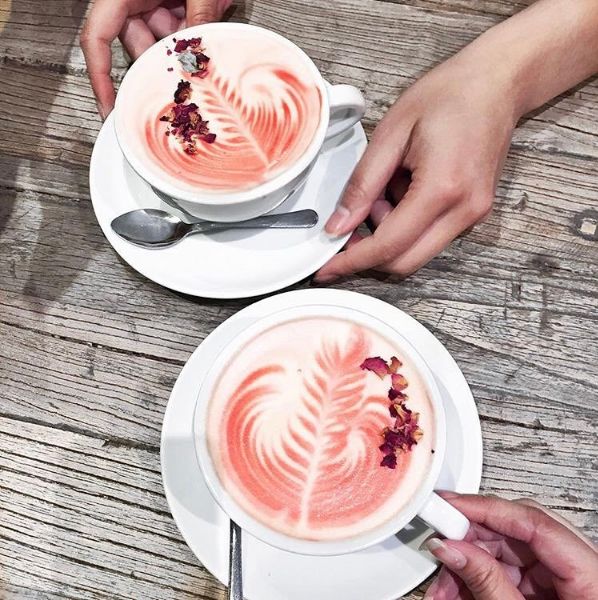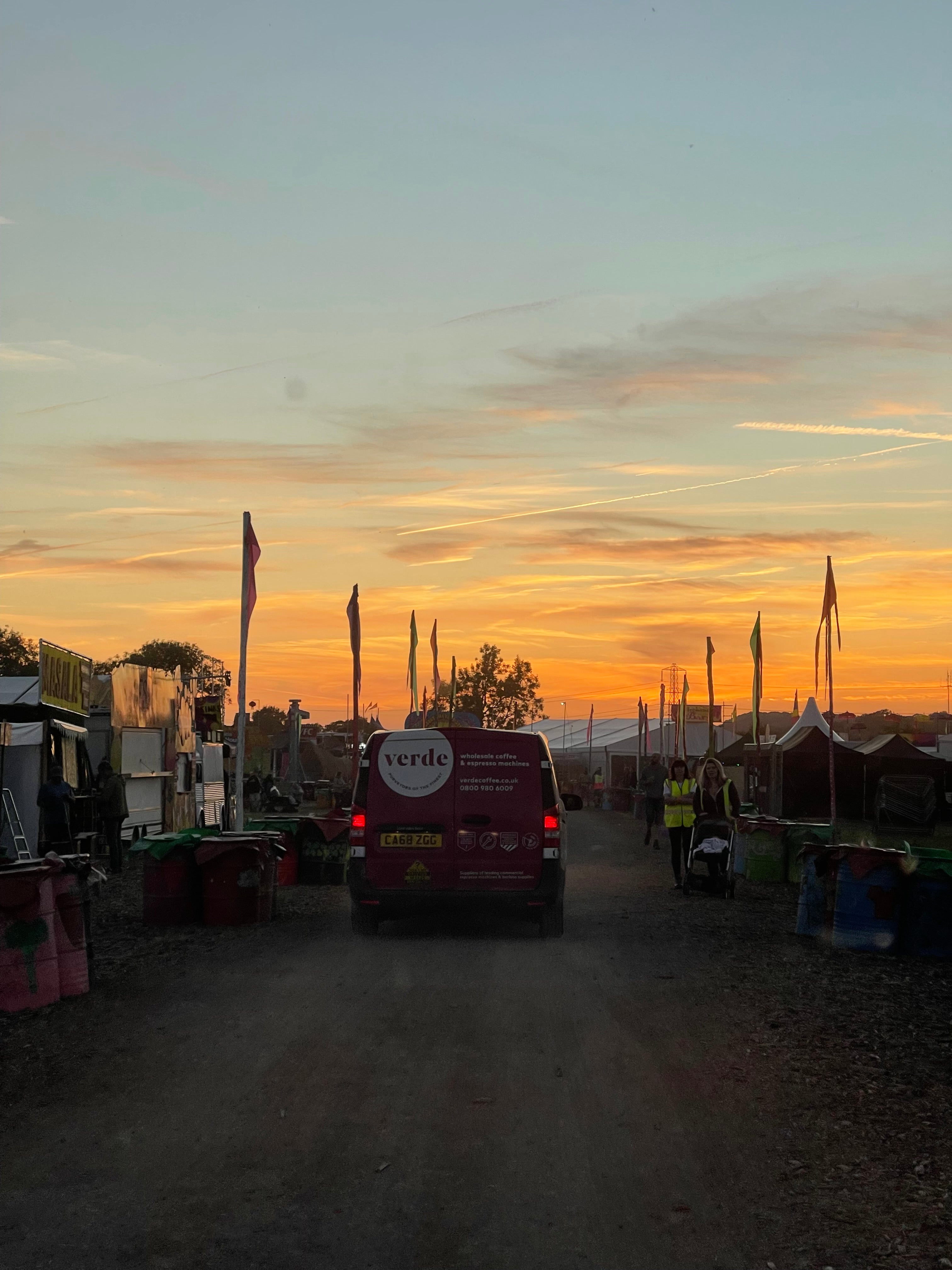
How to Master the Basics of Latte Art
Ever wondered how to make the most delicious, beautiful cup of coffee that also looks too good to drink?
The art of creating beautiful lattes can be daunting so we’re here to simplify things when it comes to creating delicious coffee and latte art.
When it comes to making perfect coffee – and latte art – it’s best to walk before your run. So here are the basics from the ground up.
Get the espresso right first
Get your base of coffee (in this case, an espresso shot) right, before you do anything else. Otherwise, however pretty the milk might look, the coffee may not complement it or taste right.
In order to get the right espresso, think about the following and select what’s right for you:
Coffee dose
The average dose of coffee is 6.5g. To check, draw at least 10 portions of coffee and weigh each portion. Then add all the portion weights together and divide by 10. The average weight should be to 6.5g. If not, refer to the grinder manual and adjust the dose control up or down until the correct average is reached.
Infusion time
Adjustment of the blades starts with the checking of the infusion time of the coffee:
1. Take a double filter holder and fill it with two measures of coffee. This should be 13g. Press down into the handle and place in your espresso machine.
2. Time the "infusion" of the coffee. This is the time between activating the start of the serving and the time that the first drops of coffee appear, if your infusion time is:
LESS THAN 5 SECONDS
A shorter infusion time means that the grind is too coarse and the water is simply running through the ground coffee. The taste and presentation will be poor, the creama will be thin and dissipate quickly. Adjust the control towards the "Fine" setting in stages until the correct infusion time is reached.
MORE THAN 5 SECONDS
A longer infusion time indicates that the grind is too fine. This type of grind causes the coffee
to burn as the hot water spends too long passing through the grind. The coffee will look dark
and taste burnt.
3. The 'Crema' on the top of the coffee should be a mixture of light to medium brown in colour and firm enough to suspend a teaspoon of sugar momentarily.
4. Total cup filling time should be between 25 to 35 seconds for 20 to 35 cc of coffee.
5. The flow of the coffee should be in a thin even flow and not 'gush'.
Now you’ve got the perfect espresso, it’s time to froth your milk:
Select your milk
Our preference is full-fat milk, as it’s the most flavourful. If you’re going to use an alternative milk, be sure to use a barista edition that was manufactured with foaming in mind.
Heat your milk
What you’re doing here is combining the proteins and fat in the milk with the heat to make a perfect storm of microbubbles, which provide that fluffy milk texture that you want in the coffee.
Ensure your milk reaches around 66 degrees celsius – an automatic machine will already be programmed to do this.
If you’re heating the milk manually, think about how deep you insert your wand into the jug – this angle will influence how foamy your milk becomes. If you hold it just under the surface, you’ll create a thicker foam, like for a cappuccino, if it’s in the middle, that makes a creamy, smooth milk for a latte and if you hold it at the bottom of the jug, it creates a hot wet milk for flat white.
Take the top layer off your milk
Once your milk is heated, scrape the top layer of foamy goodness off with a spoon to get to the good stuff underneath before you pour.
Scoop off the top and you’ll get a nice creamy layer underneath. What happens is the hot, wet milk sinks to the bottom and the coldest bubbles are right on the top. So underneath the top layer, the milk is really velvety and smooth.
Pour your milk on top of the espresso
This is the big moment. The more you pour, the better and steadier you’ll get, but it’s also important not to overthink it. Try placing the back of a spoon in the flow of the milk to steady your pour at first.
When you start pouring, you want to be a little bit more aggressive with it because you want to push that thick milk to fill the cup up with the hot wet milk from the bottom of the jug, this pouring method is part of your broader brush strokes.
To create pretty designs on top of the coffee, you need to use thinner strokes, letting a smaller amount of milk come out as you pour. If you move the lip of the jug in a line from the bottom of your cup to the top, an indentation into the surface of the milk should appear – and that’s where the art begins.
Mastering your broader brush strokes while pouring the thick milk and thinner brush strokes while pouring the thinner milk on top are essentially your “bread and butter” of creating designs on top of the milk.
Once you can control your thinner brush strokes, try wiggling your jug as you pour and you’ll see the indentation you make will be your brush for making pictures.
So go practice and enjoy - we’d love to see your designs!


